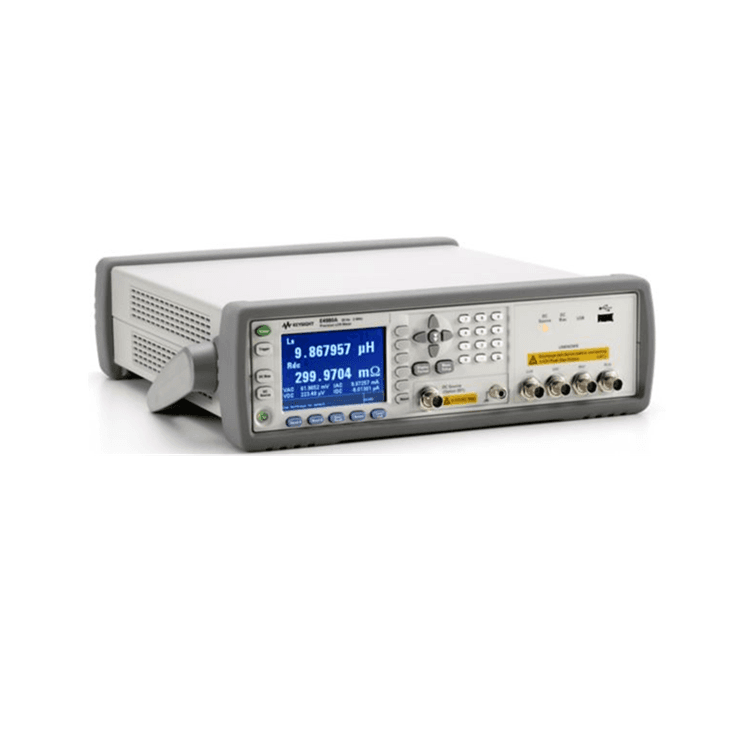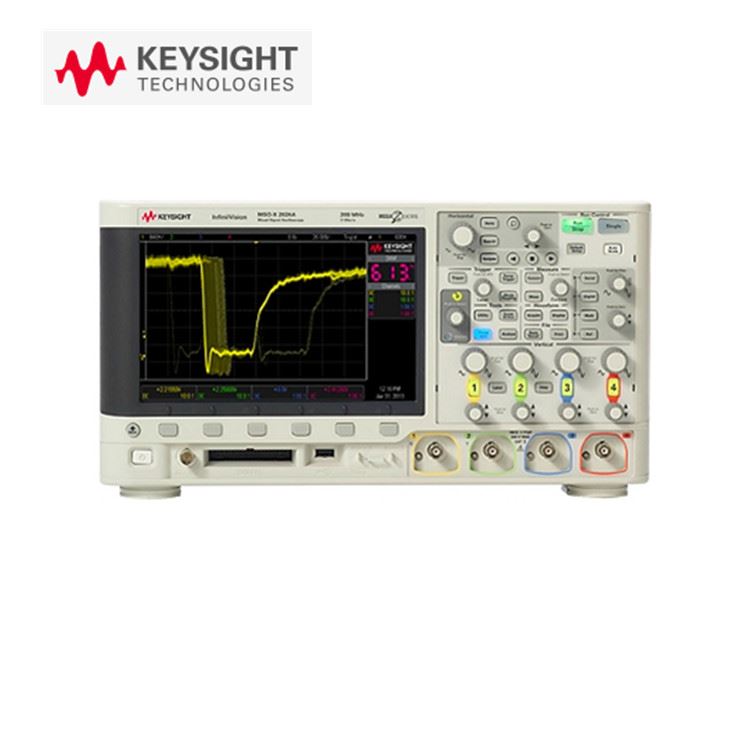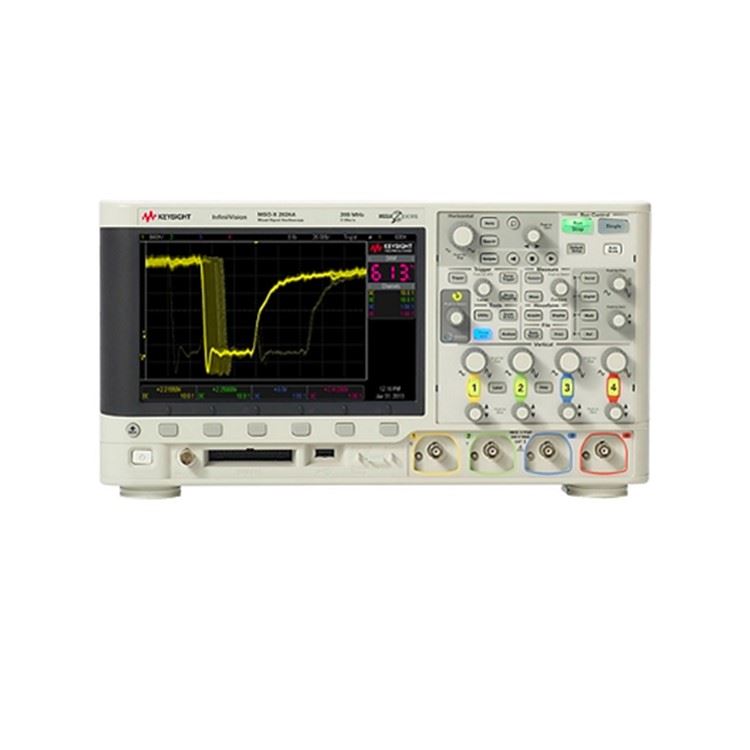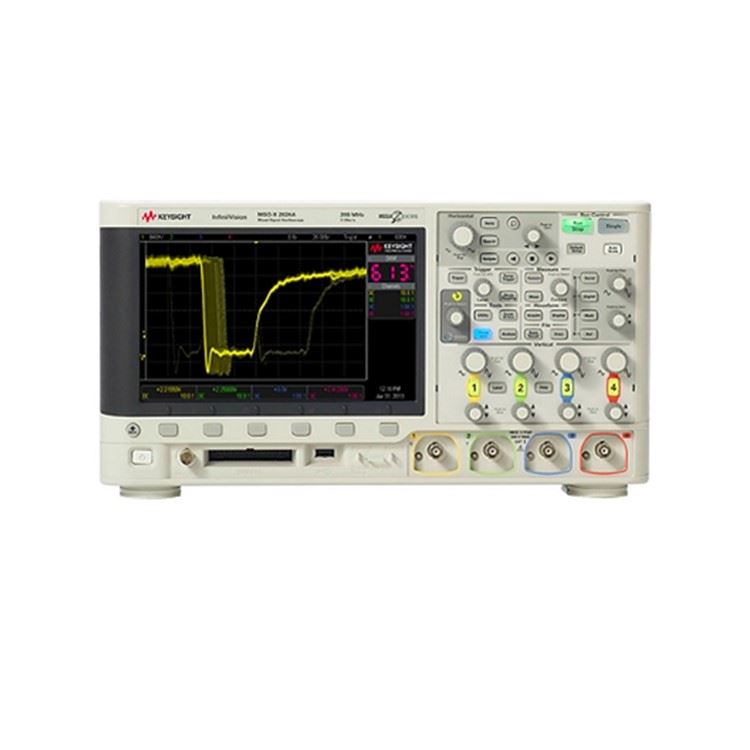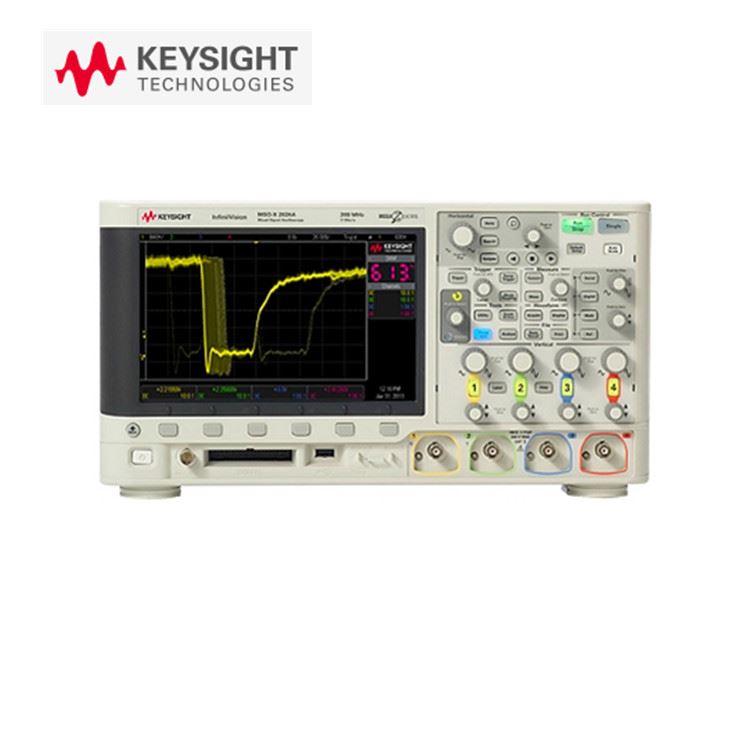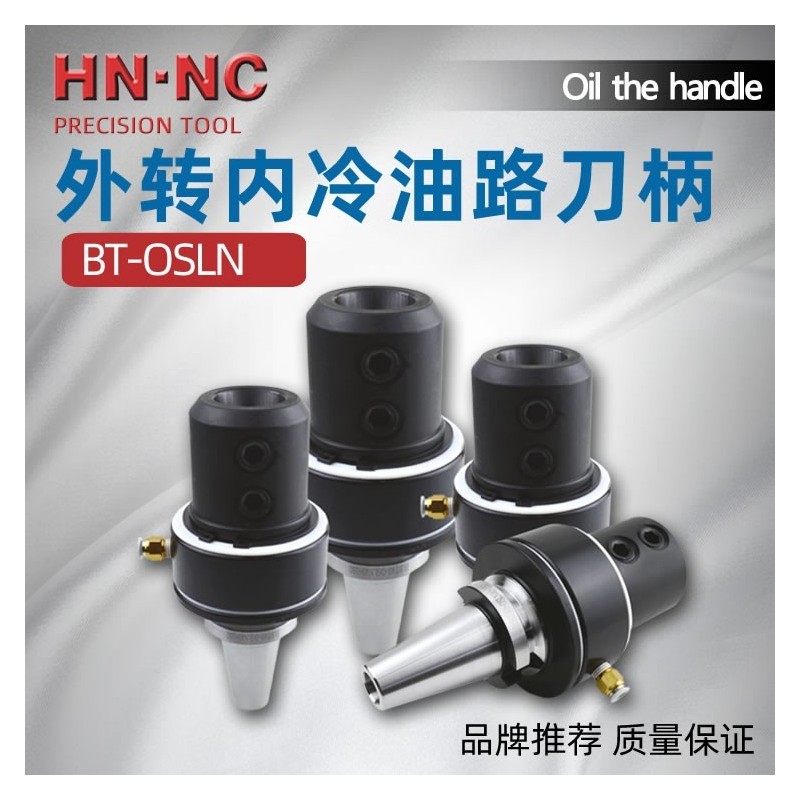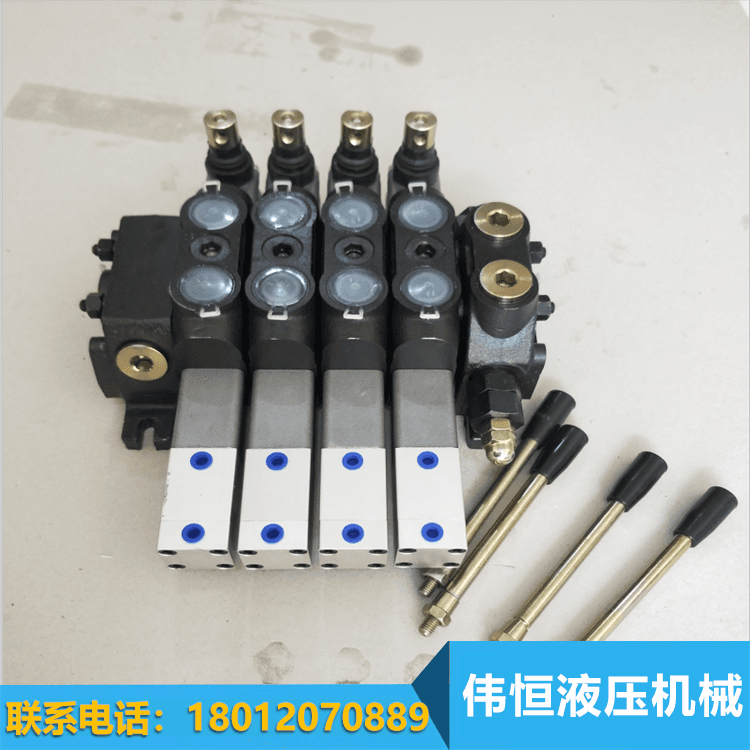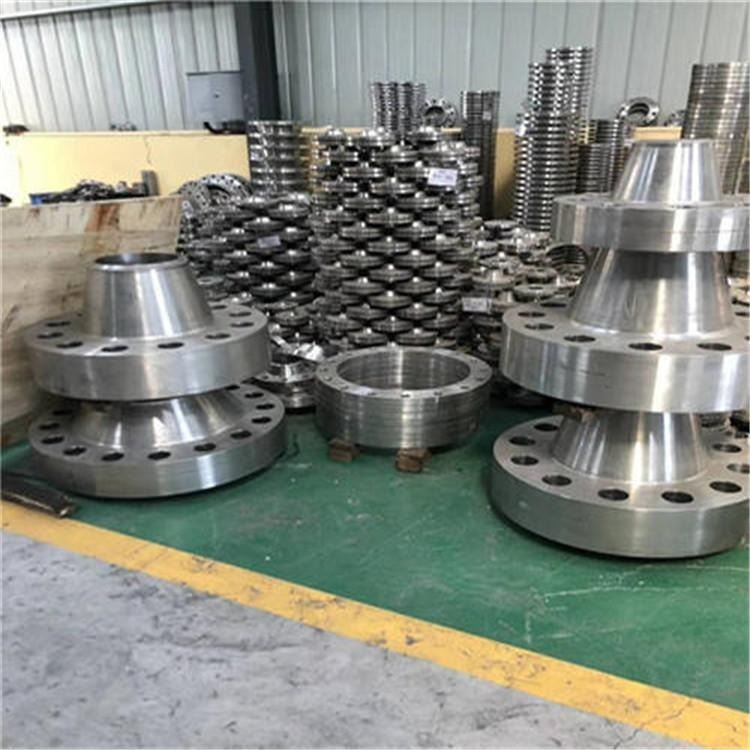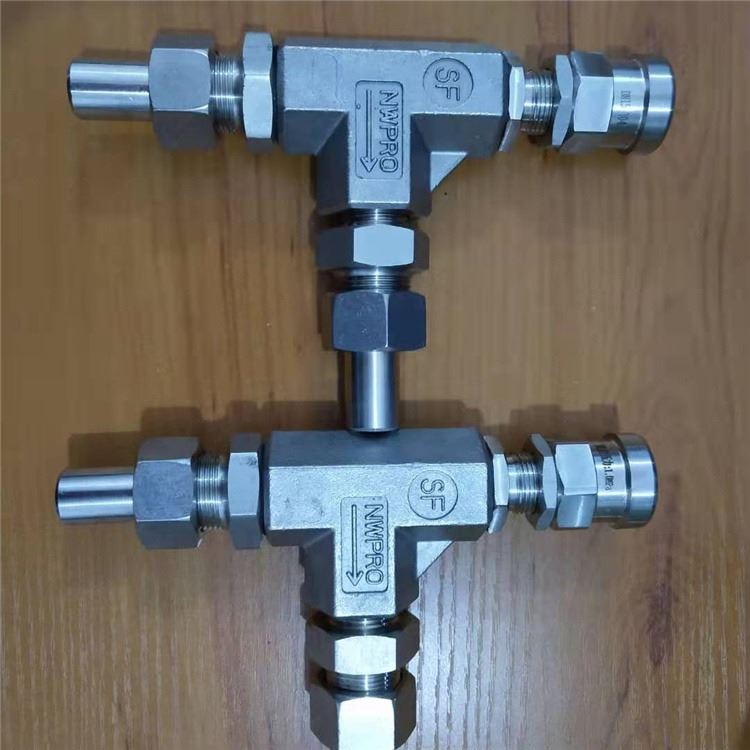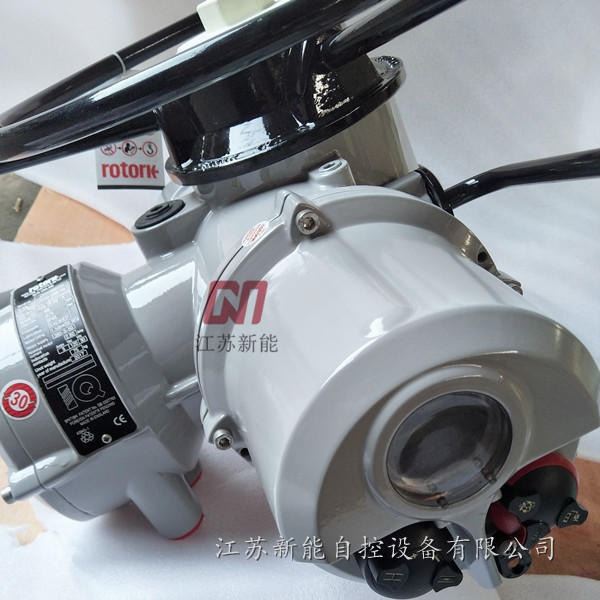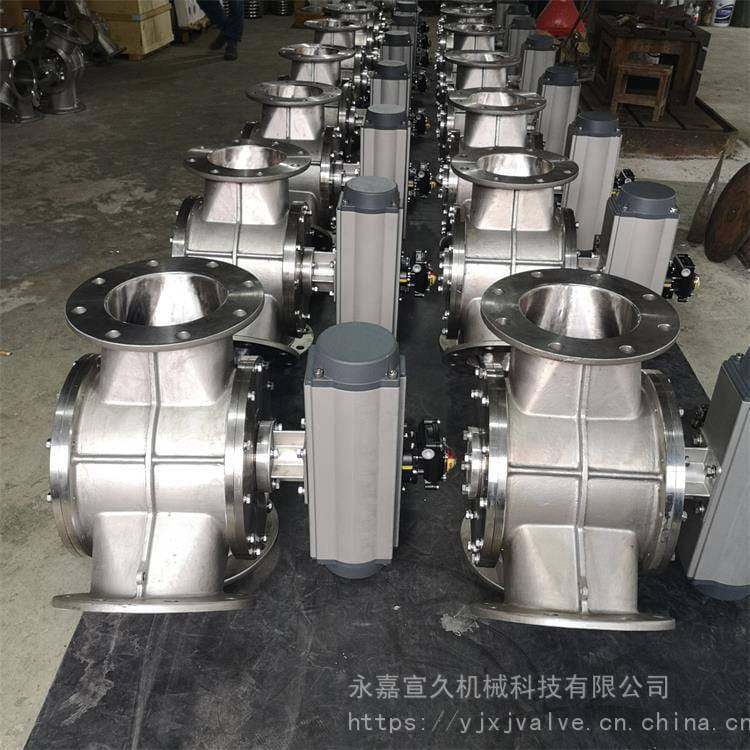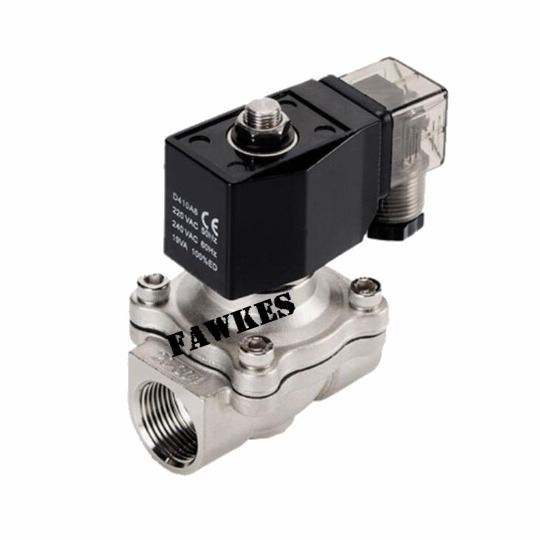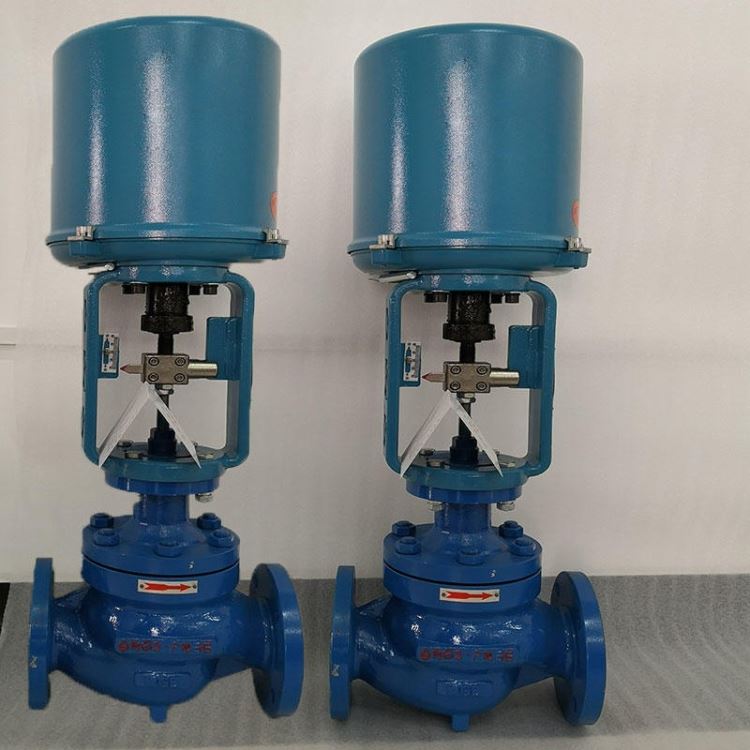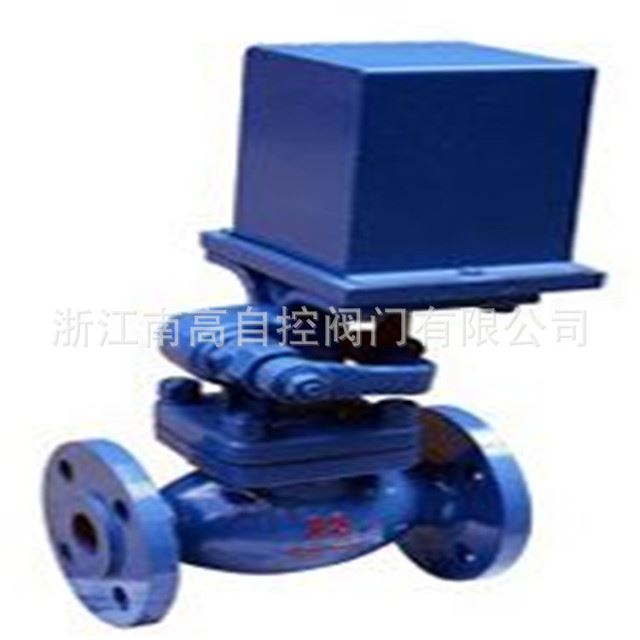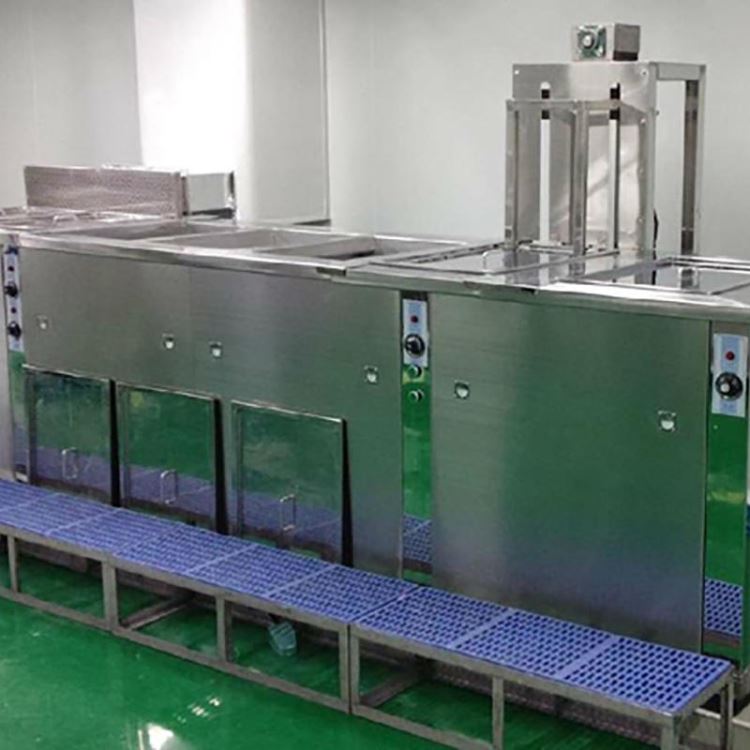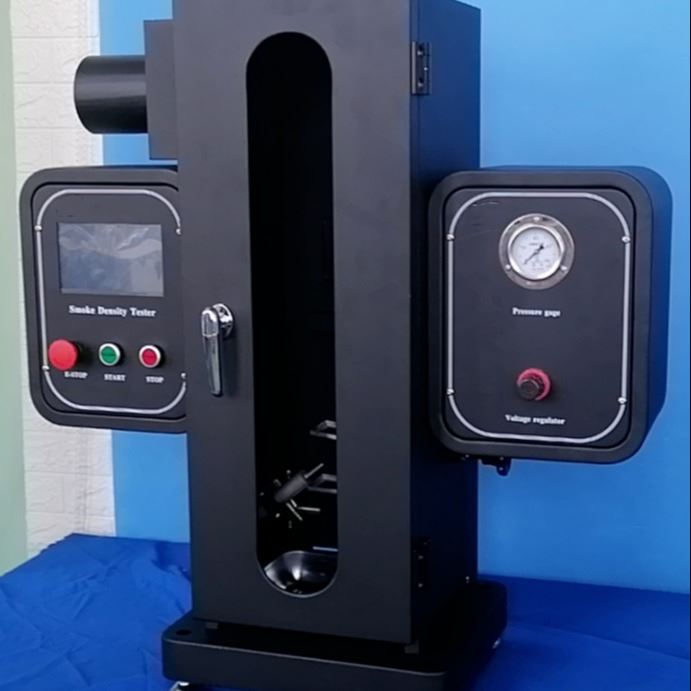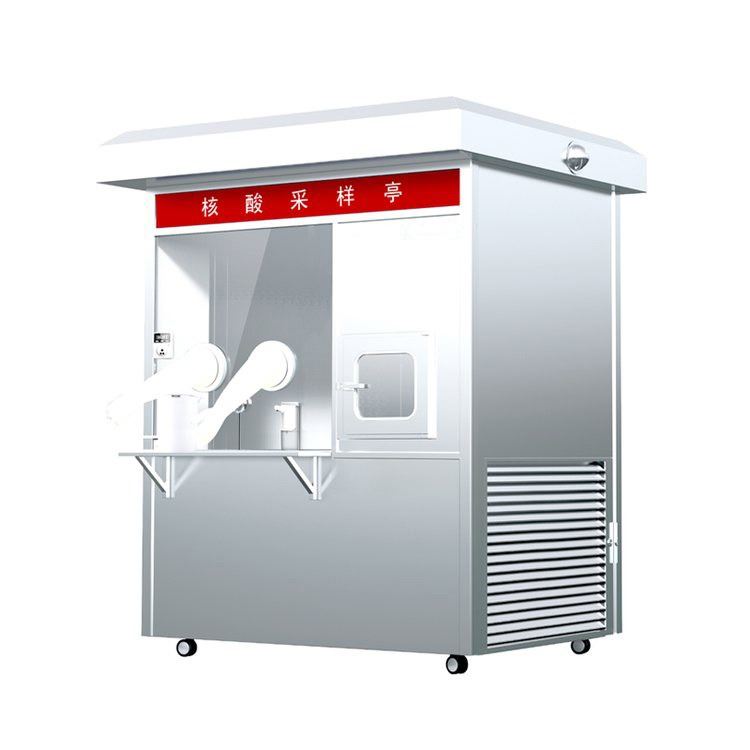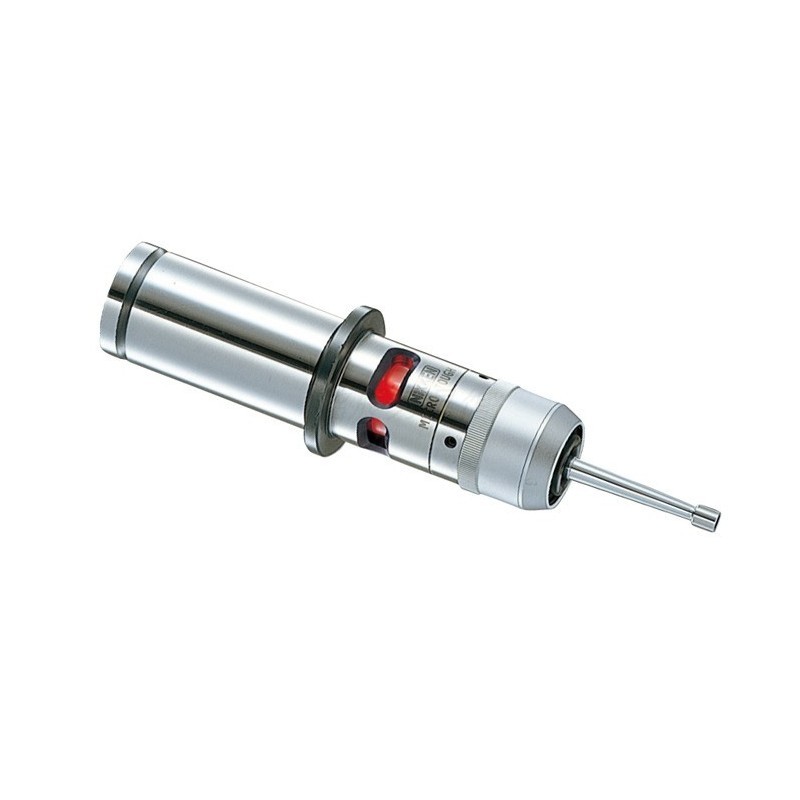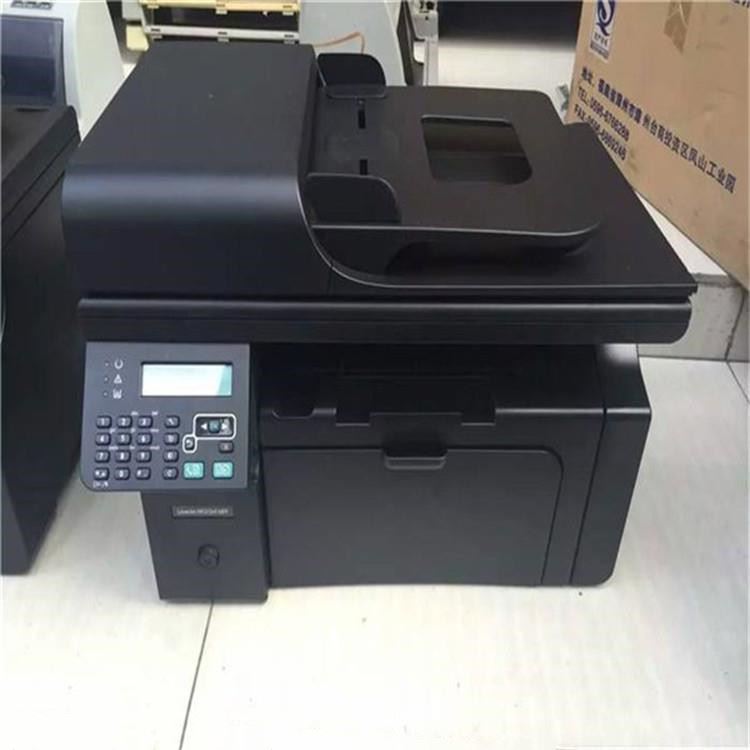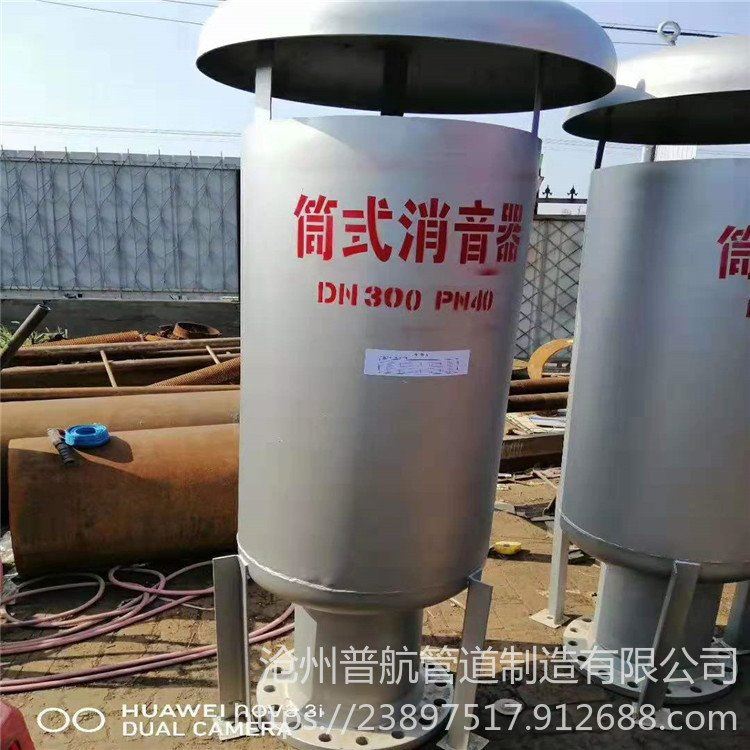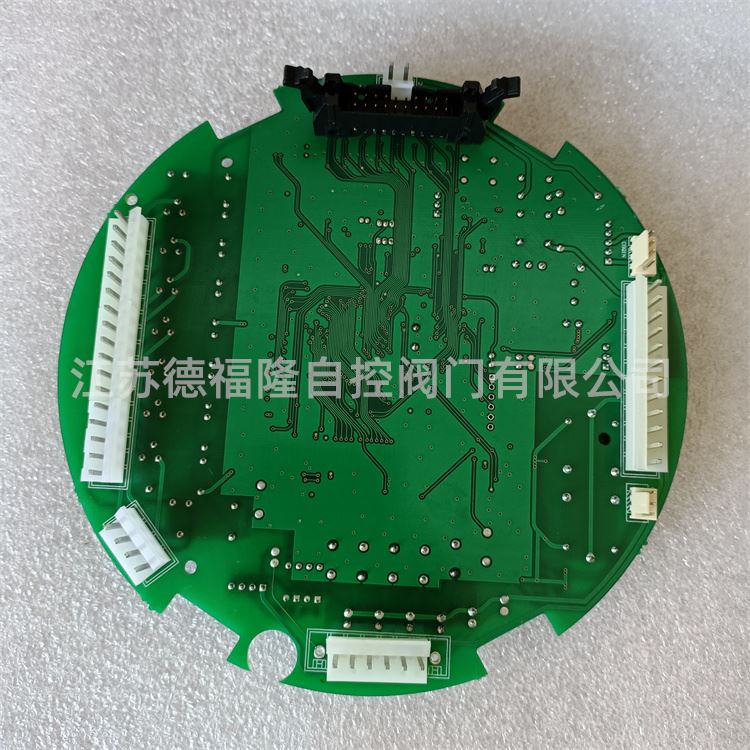| 品牌 : | PICOTEST | 型号 : | J2101A |
| 加工定制 : | 否 | 类型 : | 测试讯号转换器 |
| 频率 : | 10Hz~45MHz |

1、Low band corner frequency 达10Hz,可支援一般离线式电源供应器(off-line power supplies)之测量
2、45MHz之超高频宽,足以对应目前及未来Z先进之稳压器量测需求
3、 超高频宽,可达23 Octave
4、 优异精确的低失真表现
5、5Ω终端,对待测电路的影响降至Z小
6、包括衰减功能来确保小信号的测量正确性
7、 详细规格
產品说明
The injection transformer is presently the prevalent method for connecting the network analyzer to the circuit being tested, and is primarily used for control loop stability measurements. The goal of the transformer is to inject a signal into the control loop being measured, without impacting the performance of the loop. In order to accomplish this to a reasonable degree, The transformer is isolated and therefore is capable of floating on a high voltage, such as a Power Factor Corrector (PFC), which is often close to 400VDC. Measuring voltages that exceed the voltage rating of the FRA inputs require attenuation probes.
The usable bandwidth of an injection transformer is generally significantly greater than the 3dB frequency limits. This is because the transformer itself is outside of the measurement, leading many to incorrectly believe that the transformer is a non-critical element.
The bandwidth of the transformer is strongly related to the terminating impedance. The most network analyzers provide a 50 Ohm oscillator source impedance. Assuming this impedance the optimal termination resistor is 5 Ohms. This significantly attenuates the injection signal, which is generally beneficial, as a common error in Bode measurements is using a signal which is too large, and therefore not a small signal measurement. An added benefit of this low value is that it can generally be left in circuit at all times, simplifying the connection to the network analyzer without appreciably impacting the output voltage of the circuit being tested.






